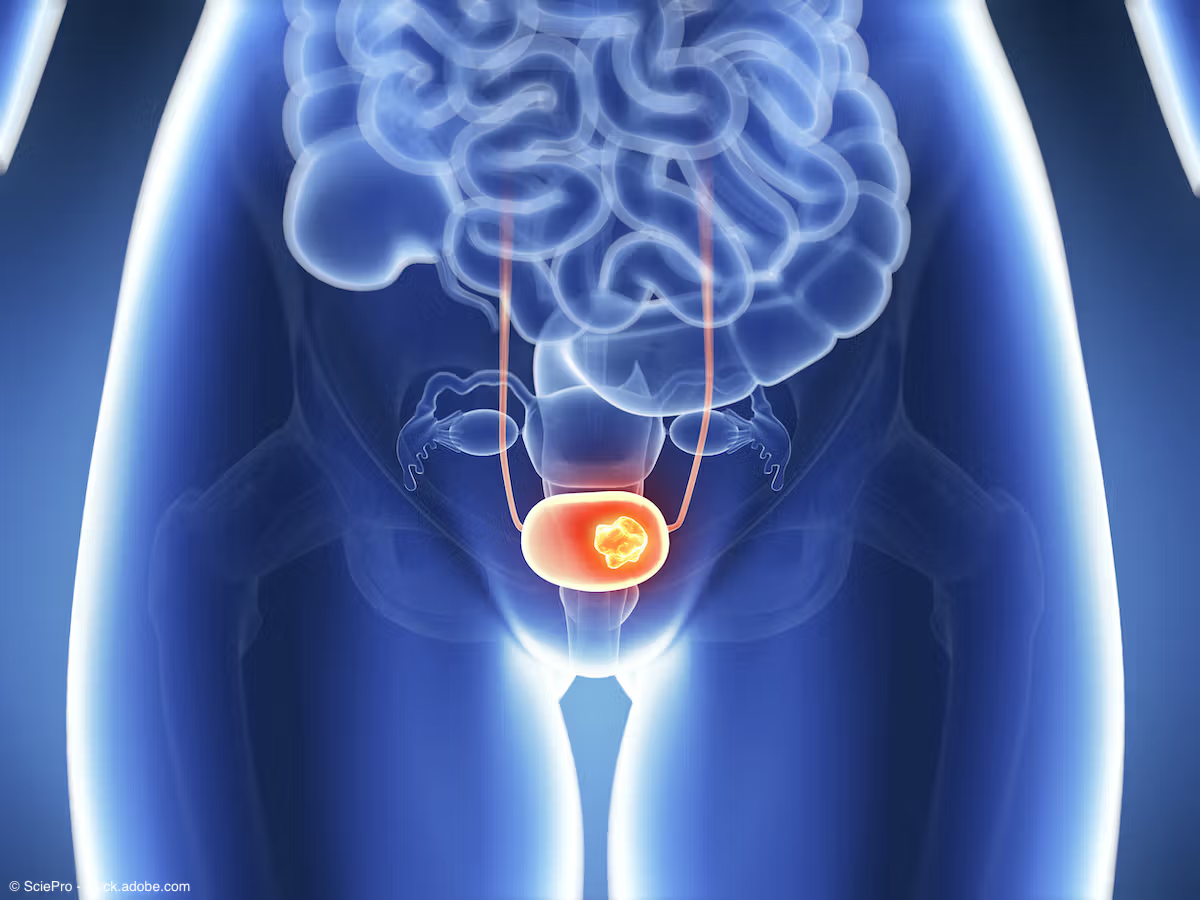Opinion
Video
Gary Steinberg, MD, on the mechanism of action for bel-sar in NMIBC
Author(s):
Key Takeaways
- Bel-sar is a virus drug conjugate using HPV virus-like particles conjugated to a cytotoxic drug for targeted cancer cell destruction.
- The therapy targets heparan sulfate proteoglycans on cancer cells, with light activation facilitating drug delivery and cell destruction.
"You've got a double pronged attack to kill cancer cells, which is in line with our concepts of immunologic care and immunologic treatment in a variety of cancers, especially cancers such as bladder cancer," says Gary D. Steinberg, MD.
In this video, Gary D. Steinberg, MD, explains the mechanism of action for bel-sar, an investigational therapy currently under phase 1 development for non–muscle-invasive bladder cancer (NMIBC). Steinberg is a professor of urology at Rush University Medical Center in Chicago, Illinois.
Video Transcript:
As you know, we're in a new era of treatment for patients with non-muscle-invasive bladder cancer. Many of the therapies are intravesical, or inside the bladder, as well as a wealth of newer, innovative immunologic therapies. Bladder cancer is the cancer that responds well to immunologic treatments. Bel-sar is another novel concept in therapeutic innovation, in that it is a virus drug conjugate, so VDC. We've got a lot of antibody drug conjugates already available in all cancers, especially in bladder cancer. This is a virus drug conjugate. There are virus particles from the HPV virus, which is relatively ubiquitous in mankind, but it's a virus-like particle conjugated to a cytotoxic drug.
These virus-like particles are heavily packed with a lot of this drug, and they bind to heparan sulfate proteoglycans, which are on the cell surface of specifically, cancer cells. We have a lot of glycans on the surface of cells, but heparan sulfate proteoglycans seem to be upregulated or increased in many different types of cancers, and urothelial cancer is one of them. So, this virus drug conjugate binds very strongly to the heparan sulfate proteoglycans on the surface of the cancer cells in the urothelium, and they bind them by using light to activate this binding in this conjugation that sets off the process for the delivery of the drug and the activation of the drug to kill, specifically the cancer cells.
In addition to the viral-like killing, we also have immune cell death. The cancer cells die. They release a significant number of what we call neoantigens, or proteins that are recognized specifically as cancers that are recognized by the immune system. These are delivered with dendritic type cells and energy presenting cells to the T cells or the immune system to turn on the adaptive immune system. So, you've got a double pronged killing of these cancer cells, the virus-like particles delivering their cytotoxic payload, creating neoantigens that are recognized as abnormal by the immune system. You've got cancer killing in addition to immune adaptive system killing. You've got a double pronged attack to kill cancer cells, which is in line with our concepts of immunologic care and immunologic treatment in a variety of cancers, especially cancers such as bladder cancer.
This transcription has been edited for clarity.
Newsletter
Stay current with the latest urology news and practice-changing insights — sign up now for the essential updates every urologist needs.
















